17 Vintage Clocks That May Be Worth More Than You Think
Clocks from the past hold a lasting charm that attracts both collectors and those interested in history. Every piece reflects skilled workmanship and marks moments in time. Many are prized for their scarcity and distinctive styles. Learning about their value helps deepen appreciation for these special items. Exploring these treasured timepieces uncovers a blend of artistry and heritage.
This post may contain affiliate links, which helps keep this content free. Please read our disclosure for more info.
Howard Miller Grandfather Clock
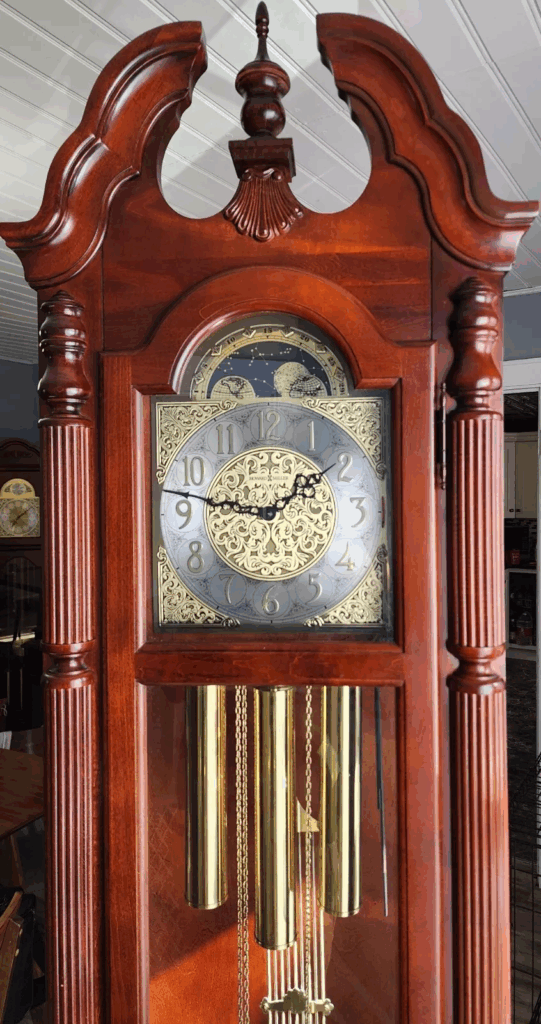
The Howard Miller Grandfather Clock was first produced in the early 20th century by the Howard Miller Clock Company. It is known for its tall, elegant wooden case and intricate pendulum movement. These clocks are prized for their precise timekeeping and beautiful chimes. Market values typically range from $1,000 to $5,000 depending on condition and style.
Howard Miller is recognized for combining craftsmanship with innovative design. These clocks often feature ornate detailing and quality materials. Well-maintained examples can be valuable family heirlooms. They remain popular among collectors of traditional timepieces.
Seth Thomas Regulator Clock
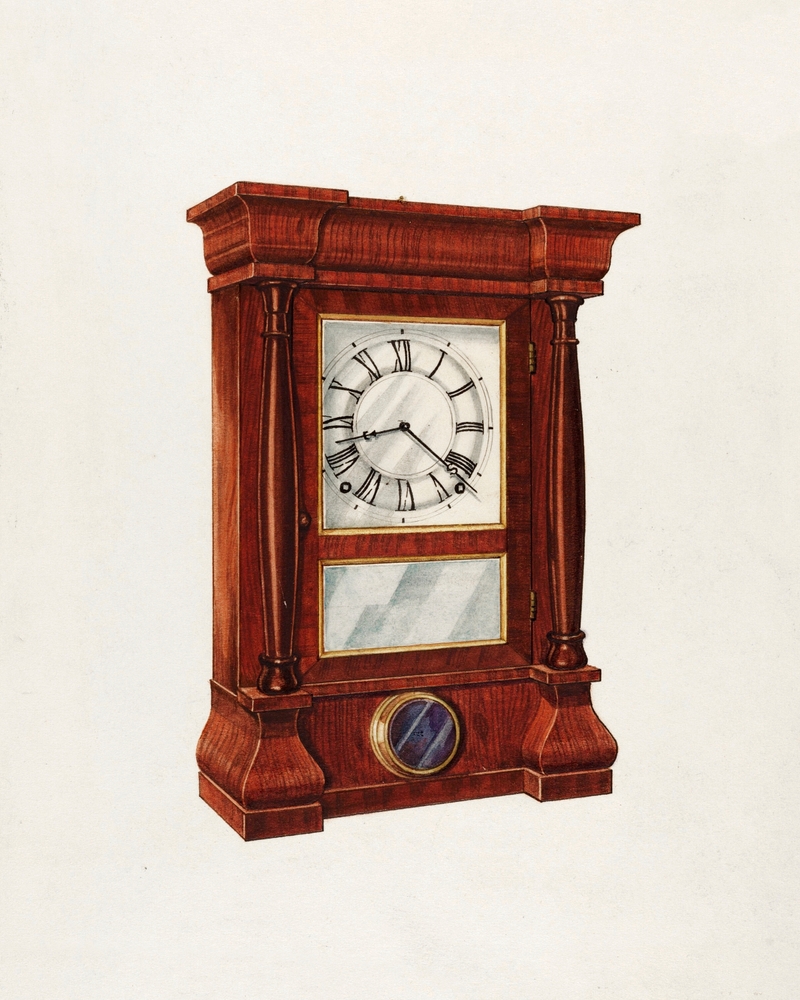
The Seth Thomas Regulator Clock dates back to the late 19th century and was crafted by the Seth Thomas Clock Company. It features a classic pendulum design with a precise mechanical movement. Collectors value its reliability and timeless style. Prices generally range from $500 to $3,000.
Seth Thomas was one of the most respected American clockmakers. Their regulator clocks were commonly used in schools and offices. Authentic pieces often have brass fittings and detailed woodwork. These clocks are sought for both function and beauty.
Ansonia Mantel Clock
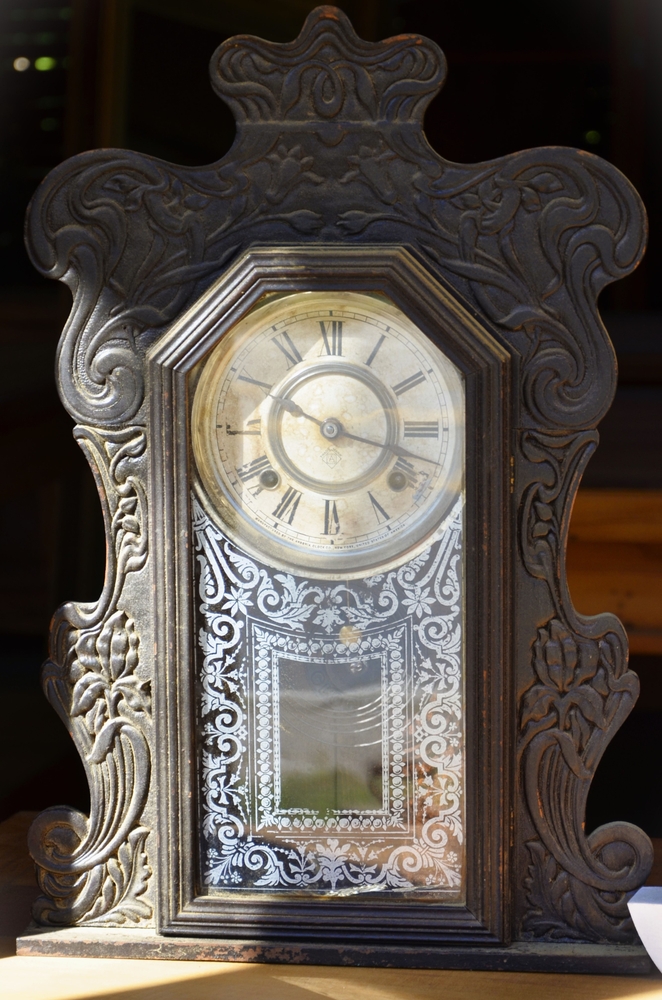
Ansonia mantel clocks were popular in the late 1800s and early 1900s, made by the Ansonia Clock Company. They are known for decorative cases, often featuring porcelain or metal embellishments. Their charming designs make them favorites among antique enthusiasts. Market values typically fall between $300 and $1,500.
Ansonia focused on both quality and artistic style. These clocks often include intricate dials and detailed craftsmanship. Many are still functional after a century or more. Their variety of designs appeals to diverse collectors.
Gustav Becker Wall Clock
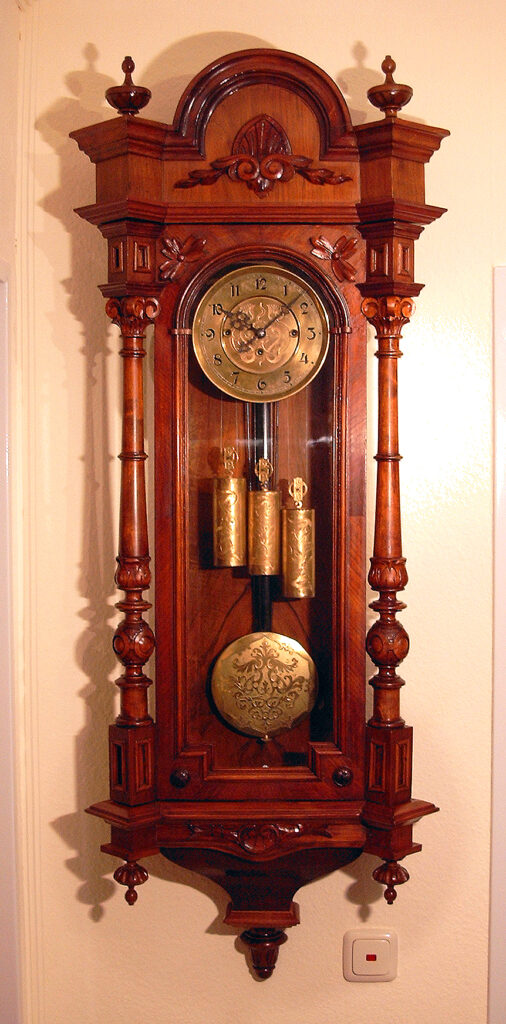
Gustav Becker clocks were created in Germany during the late 19th century. They are admired for precise movements and elegant cases. Many feature wooden frames with decorative carvings. Values can range from $800 to $4,000 depending on rarity and condition.
Gustav Becker was a master clockmaker whose pieces were widely respected. His wall clocks often include weight-driven mechanisms. Original clocks with clear markings are especially valuable. They represent the height of German clockmaking.
French Marble Clock

French marble clocks were crafted in the 18th and 19th centuries and are known for their luxurious marble cases. They often include ornate bronze or gilded decorations. These clocks are prized for their artistry and grandeur. Prices range from $2,000 to $10,000 or more.
Many were created by renowned French artisans, combining sculpture with functionality. Their heavy, solid construction makes them lasting pieces. They serve as both timekeepers and decorative art. Condition and provenance greatly affect their market value.
English Bracket Clock

English bracket clocks were popular in the 17th and 18th centuries and are noted for their decorative cases. They often feature brass and wood detailing with intricate clock faces. These clocks are valued for their historical and artistic qualities. Prices range from $3,000 to $15,000.
They were made by skilled English clockmakers and often carry makers’ marks. Bracket clocks were designed to be placed on shelves or brackets. Many include striking mechanisms for hours and quarters. Their craftsmanship and rarity drive collector interest.
Tiffany & Co. Desk Clock
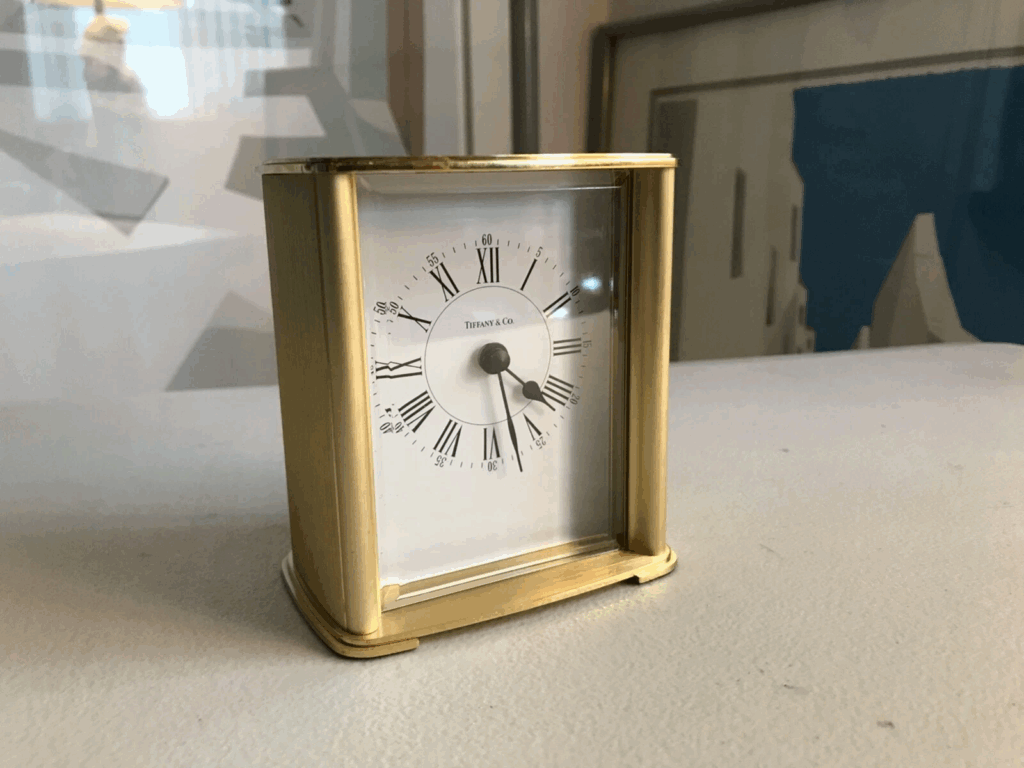
Tiffany & Co. created elegant desk clocks in the late 19th and early 20th centuries. Known for luxurious materials and refined design, these clocks are collectibles. Their value can range from $2,000 to $10,000. They often include fine metals and detailed engraving.
These clocks symbolize the high standards of Tiffany craftsmanship. They make stylish additions to desks or mantels. Many models still keep accurate time today. Their brand recognition adds to market value.
French Cartel Clock

French Cartel clocks originated in the 18th century and are recognized for their elaborate, wall-mounted designs. They usually feature gilded bronze and decorative flourishes. Collectors prize these clocks for their artistic expression. Values typically range from $5,000 to $25,000.
They were often made by master clockmakers in Paris. Cartel clocks combine art and utility elegantly. The detailed craftsmanship is exceptional. Well-preserved examples are rare and highly sought after.
Junghans Wall Clock
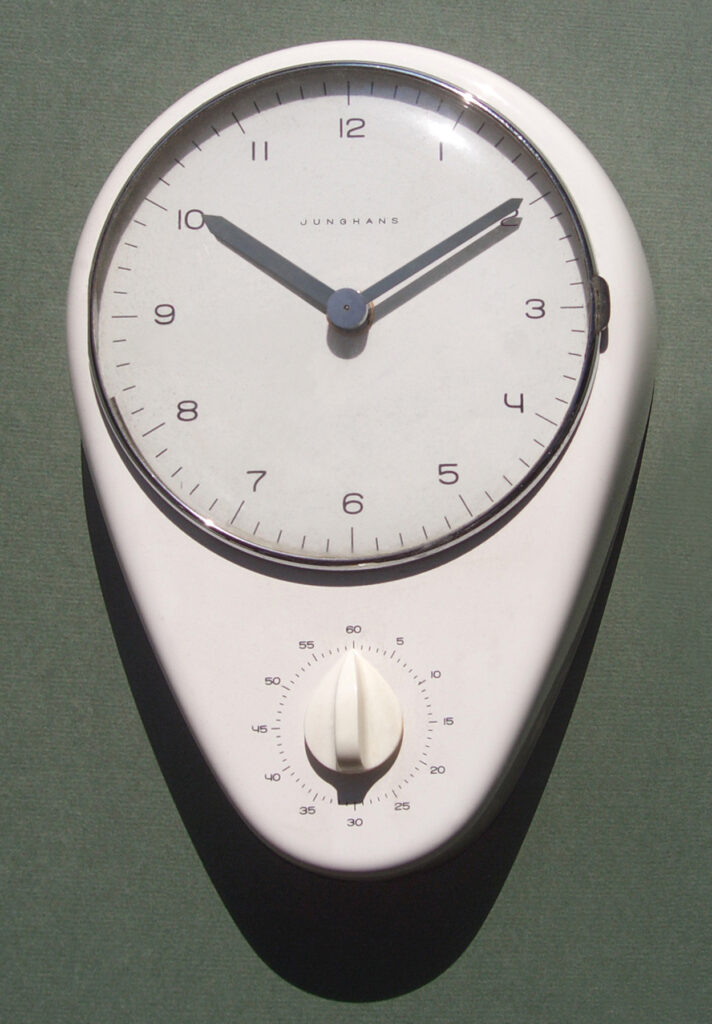
Junghans clocks were made in Germany starting in the late 19th century. Known for reliable mechanics and simple design, they were widely used in homes. Market values range from $300 to $1,500 depending on age and condition. Their straightforward style appeals to many collectors.
The company focused on quality and consistency. Junghans wall clocks often have clean faces and wooden cases. They are practical and decorative. Many remain in working order after decades.
American Shelf Clock

American shelf clocks were made in the 19th century by companies like Seth Thomas and Ingraham. They are known for wooden cases and mechanical movements. These clocks typically range from $200 to $1,200. They represent accessible, everyday timepieces of their era.
Shelf clocks often have painted glass panels or simple dials. They were popular in middle-class homes. Many models are still found in good condition. Their charm lies in their familiar design.
French Empire Clock
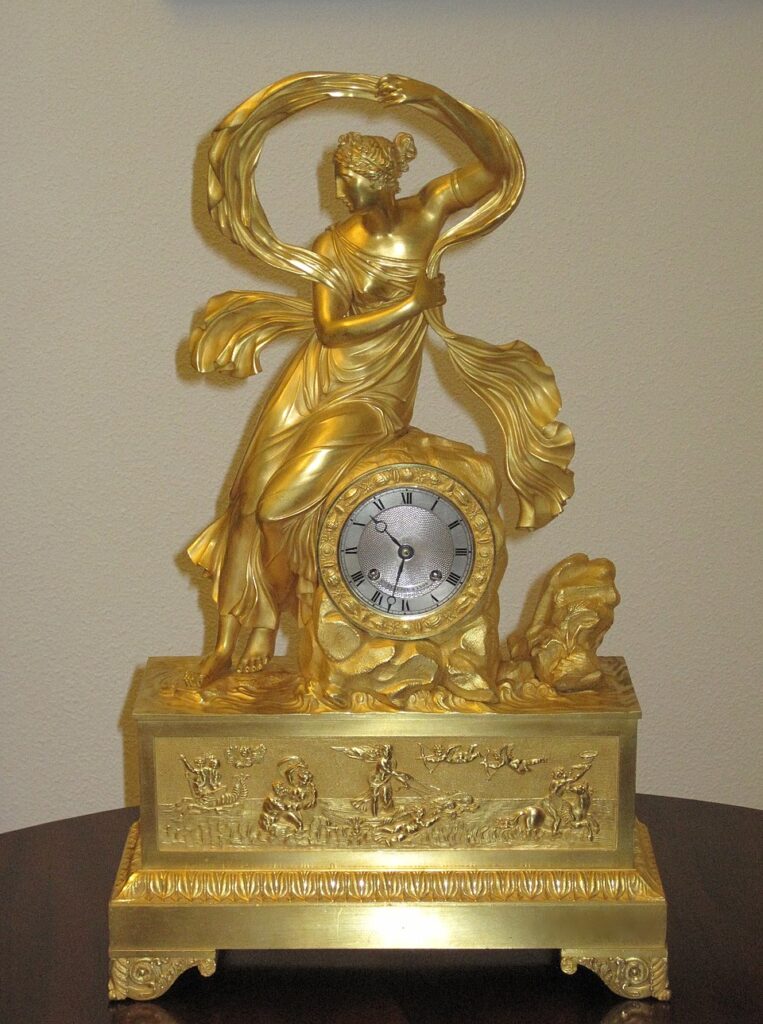
French Empire clocks were produced in the early 19th century and feature neoclassical designs. They often include bronze figures and ornate bases. Their estimated values range from $5,000 to $20,000. These clocks are admired for their elegance and detail.
They were popular during Napoleon’s reign and symbolize imperial style. The clocks often combine sculpture and timekeeping. Well-maintained examples command high prices. They are prized decorative objects.
German Black Forest Clock
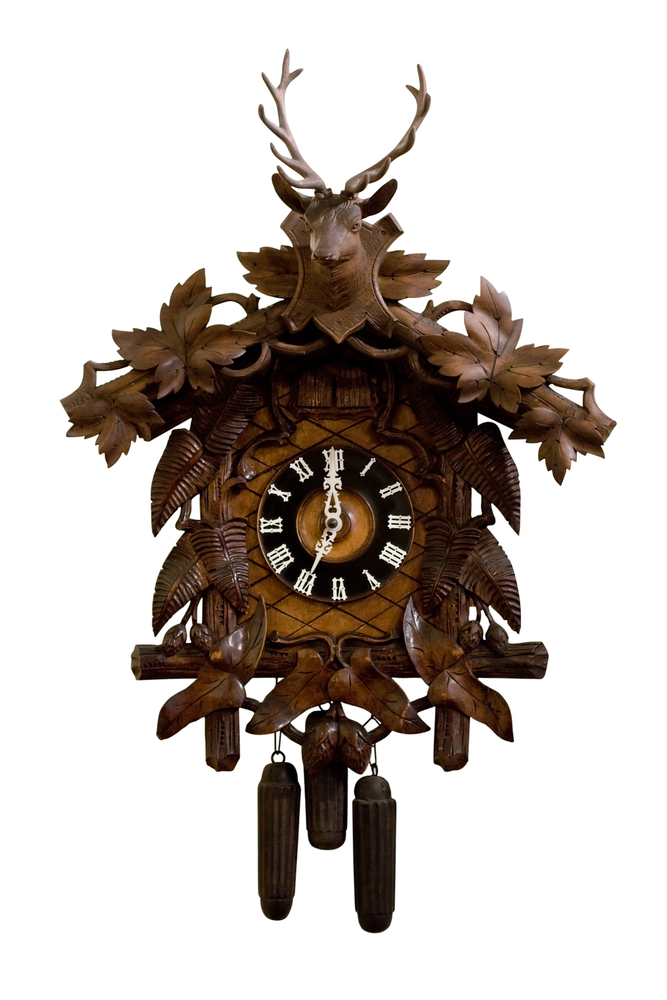
Black Forest clocks were made in Germany’s Black Forest region since the 18th century. They are famous for intricate wood carvings and cuckoo mechanisms. Market prices vary widely, from $200 to $2,000. Their folk art style is beloved worldwide.
These clocks often feature hand-carved animals or forest scenes. Many are still crafted by artisans today. They bring charm and character to any room. Their traditional design continues to attract collectors.
English Longcase Clock
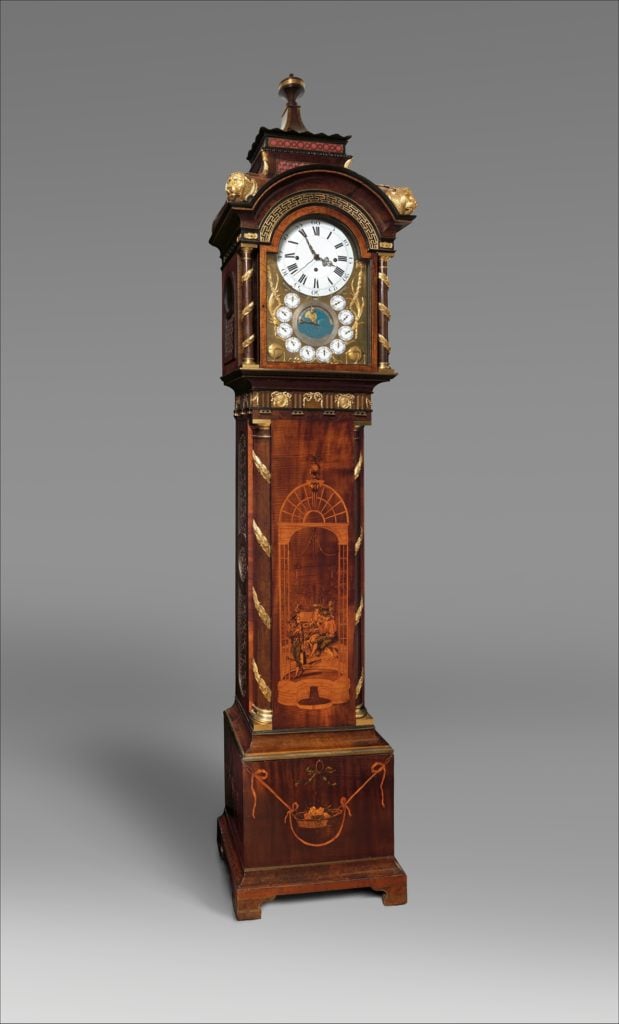
English longcase clocks, often called grandfather clocks, date from the 17th to the 19th centuries. They are known for tall wooden cases and pendulum movements. Prices usually range from $2,000 to $15,000. Their stately design adds elegance to interiors.
Many were made by renowned clockmakers in England. They include detailed woodwork and brass components. The clocks are prized for craftsmanship and history. Well-maintained examples keep precise time.
French Skeleton Clock
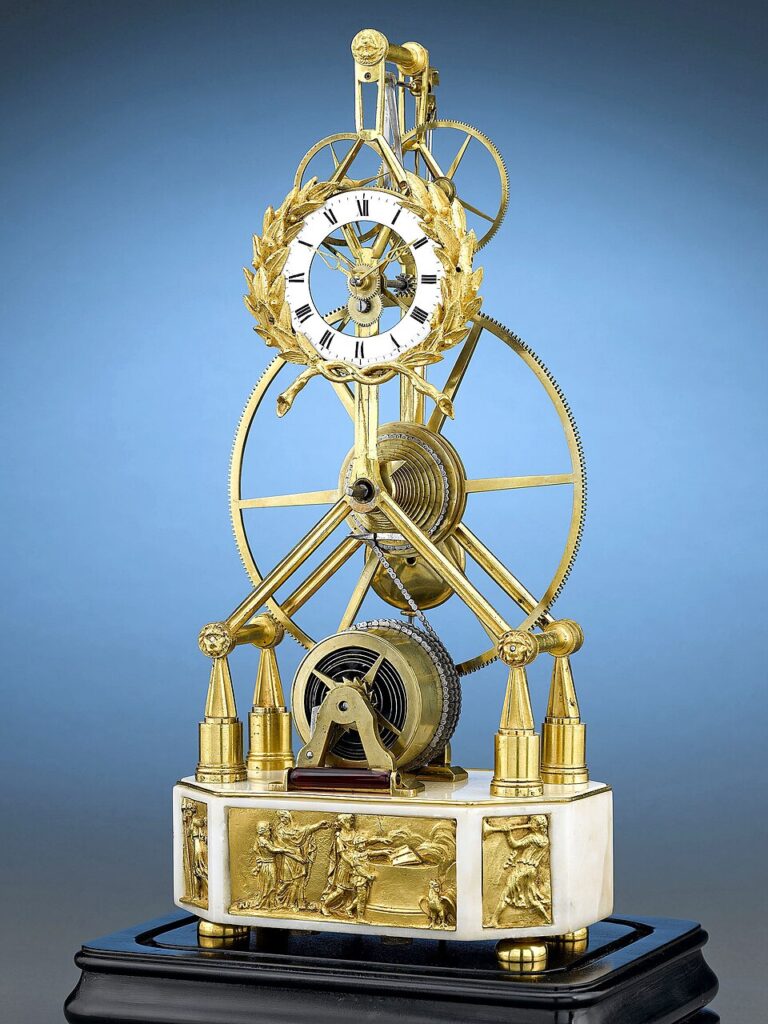
French skeleton clocks date to the 19th century and showcase exposed mechanisms. They highlight the beauty of clockwork with delicate metal designs. Market values often range from $3,000 to $12,000. These clocks are admired for both function and art.
They allow viewers to see gears and movements in motion. Skeleton clocks combine technical skill with decorative appeal. They often stand on mantels or desks. Their intricate design draws attention.
Swedish Mora Clock
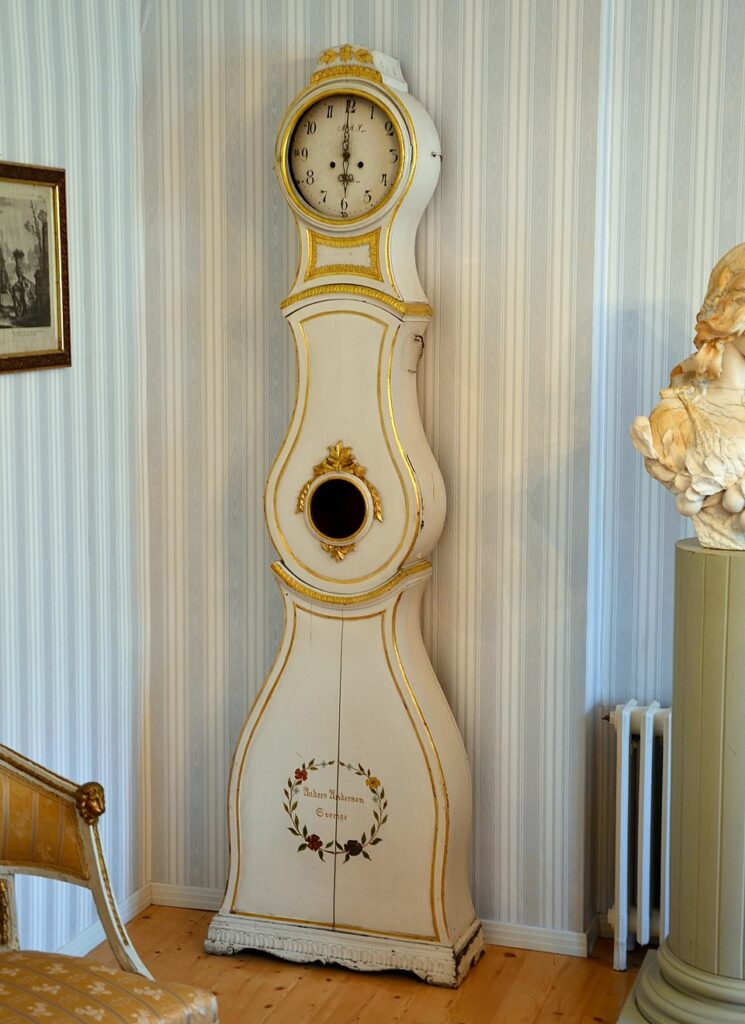
Swedish Mora clocks date from the late 18th to early 19th centuries. They are known for their curved cases and pastel colors. Prices usually range from $2,000 to $10,000. These clocks are sought for their rustic charm and history.
They were crafted by families in the Mora region. Many features have hand-painted decorations. The clocks add warmth to country-style interiors. Their craftsmanship is highly valued.
French Portico Clock
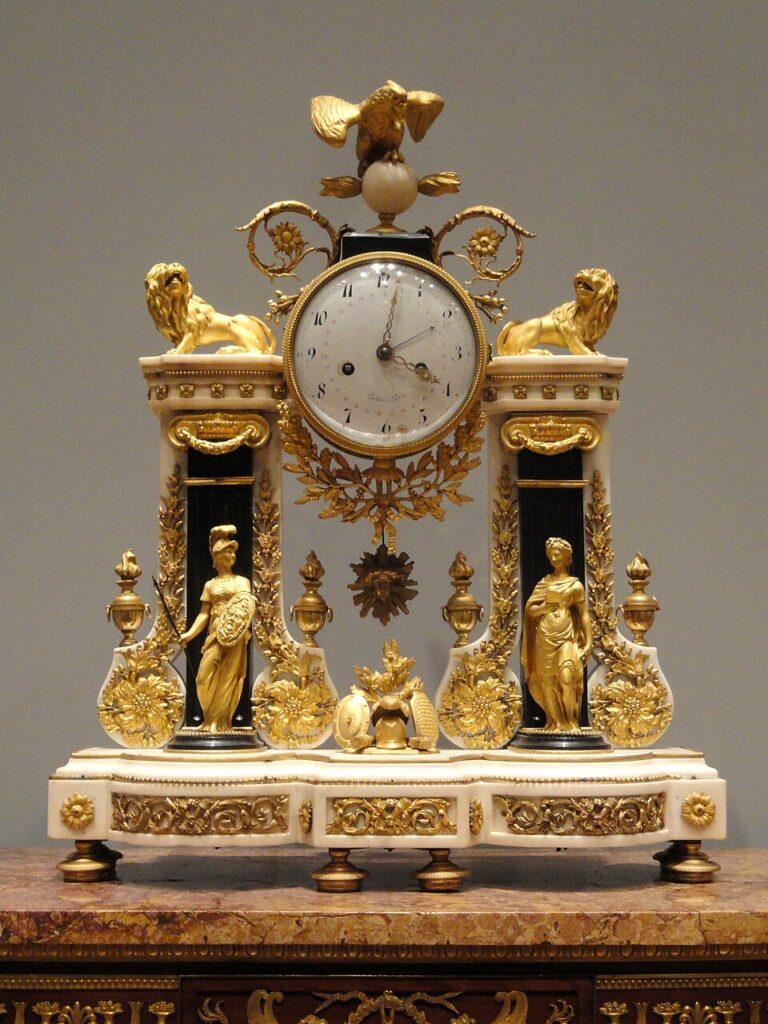
French portico clocks appeared in the early 19th century with classical column designs. They are known for balanced shapes and often include bronze ornamentation. Market prices range from $4,000 to $15,000. These clocks combine elegance and engineering.
They were popular in aristocratic homes. The portico style mimics architectural forms. These clocks often include intricate dials and movements. Their artistry makes them collectible.
English Lantern Clock
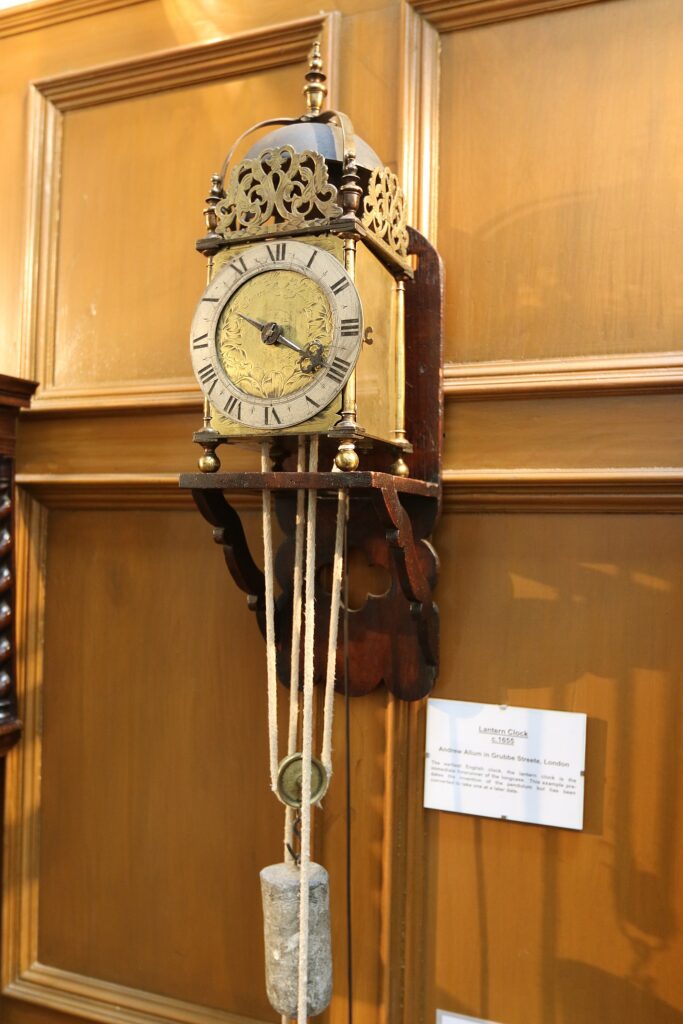
English lantern clocks date back to the 17th century and are among the earliest domestic clocks. They are made of brass with distinctive shapes. Values generally range from $1,000 to $7,000. Their rarity and age increase interest.
These clocks were wall-mounted and weight-driven. They represent early mechanical clockmaking. Original examples are treasured by collectors. Their historical importance is significant.
These treasured timepieces continue to capture the interest of collectors around the world. Their unique designs and historical backgrounds make them valuable additions to any collection. Understanding their worth helps you make informed choices when buying or selling. Bringing one of these clocks into your home adds a touch of history and elegance.
This article originally appeared on Avocadu.
